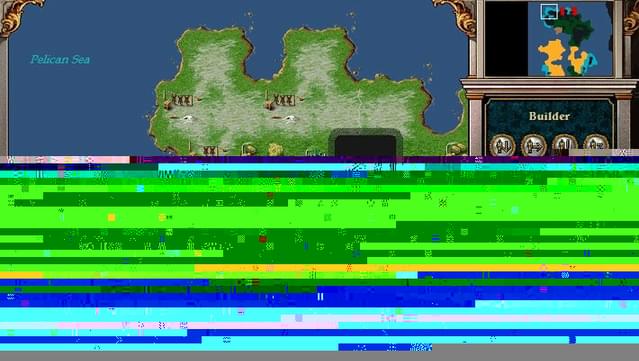

Only half the size of Barbados, this Island was larger than St. The production of sugar received a boost when St. While white settlers and indentured servants began to establish a diversified plantation economy, the ‘sugar revolution’ soon came to the Danish Islands. Meanwhile Denmark-Norway occupied the Caribbean islands St. The Danish presence in West Africa was greatest in the 1780s, when they had six fort-like establishments, the most important being Christiansborg in present-day Accra. Initially the desired African goods were gold and ivory, but from the early 1700s the slave trade became dominant. Trading forts were established on the so-called ‘Gold Coast’ (present day Ghana) from 1659. Second, the first of several failed attempts to colonise the Nicobar Islands was made.ĭenmark-Norway entered the Atlantic trading system in the second half of the seventeenth century.

Although the area originally granted by the nawab Alivardi Khan was less than a square kilometre, it developed into a dense urban settlement, which in 1800 had approximately 10,000 inhabitants. First, the settlement of Serampore (or Frederiksnagore) was established close to Calcutta (Kolkata) in Bengal. In 1755 Denmark-Norway expanded its presence in and around India. The area is still known as Tranquebar in Denmark and many cultural connections exist to this day. The Danish colony there lasted until 1845 when Denmark sold its Indian possessions to the British. PICTURE: “Dansborg”, locally known as the Danish Fort in Tranquebar, dates back to 1620. In addition, European and Indian traders from the settlement participated in regional trade across the Bay of Bengal. Trading activities from here peaked in the last two decades of the seventeenth century, the main commodities being pepper and cotton textiles. This allowed the Danes to establish a trading post by the village Tharangambadi, which the colonisers named Tranquebar. While neither the treaty nor the trade with Kandy materialised, the expedition resulted in the negotiation of an agreement with the Hindu kingdom of Thanjavur on the Southeast Indian Coromandel coast. This initiative was highly influenced by Dutch entrepreneurs, and the goal was to emulate the promising trade of the Dutch and English East India Companies. The building of a small-scale colonial systemĭenmark-Norway’s engagement with colonialism might be said to begin in 1618, when King Christian IV dispatched an expedition to Ceylon (Sri Lanka) to form an alliance with the Rajah of Kandy. In Denmark, there have recently been efforts to remind Danes about the colonial past, and to emphasise that even if colonial activities were only conducted on a small scale, they were in essence similar to the colonialism of greater powers. While Denmark parted with most of its colonies in the nineteenth and early twentieth centuries, there remains an awareness of past connections through, for example, architecture and historical narratives, and the colonial legacy is actively debated in the US Virgin Islands and Greenland. Compared to Britain and France the scale of activities was modest, but in the late eighteenth century colonial trade stimulated significant economic growth, particularly in Copenhagen. After the secession of Norway in 1814, Denmark continued as a colonial power in the traditional sense until it formally integrated Greenland into the state as a county in 1953. It is rare that the Nordic countries are counted among the colonial powers, but the twin-kingdom of Denmark-Norway did in fact engage in colonial ventures from the seventeenth century.


 0 kommentar(er)
0 kommentar(er)
